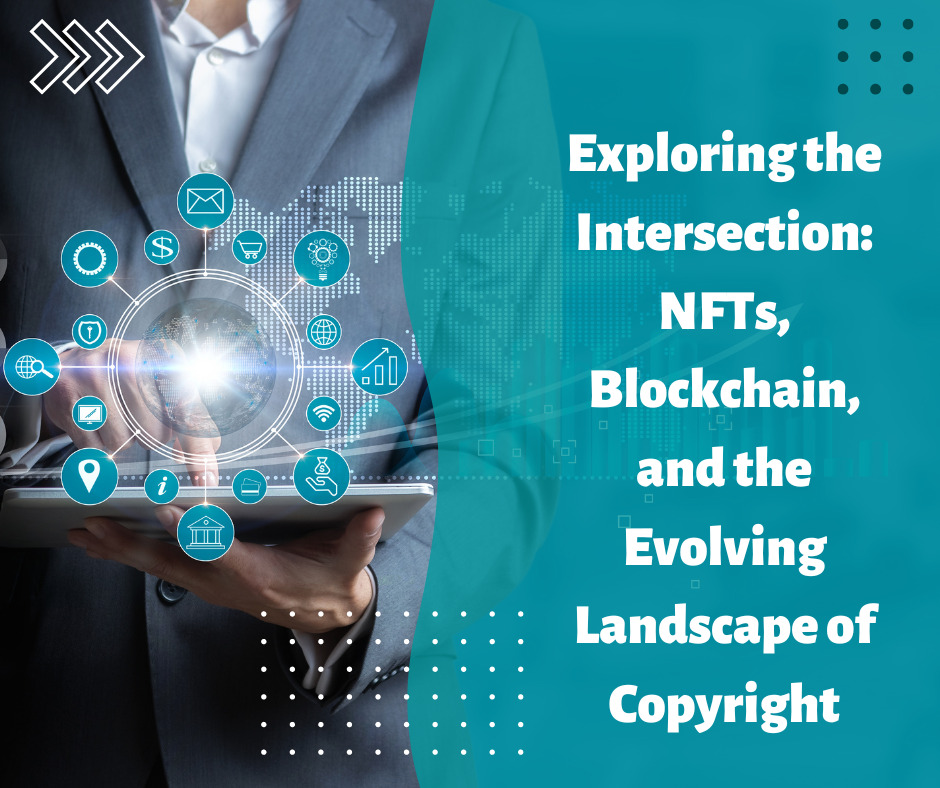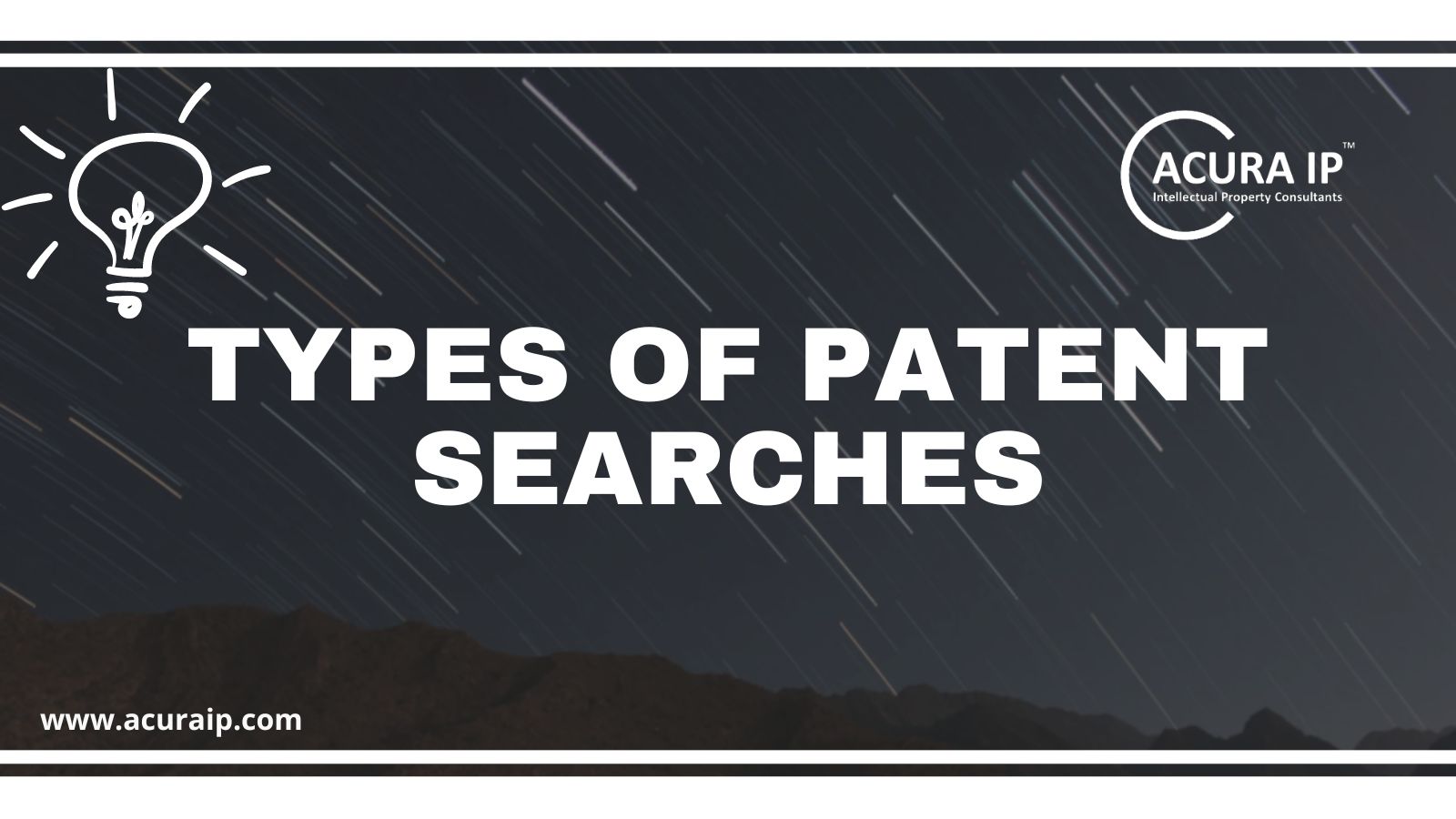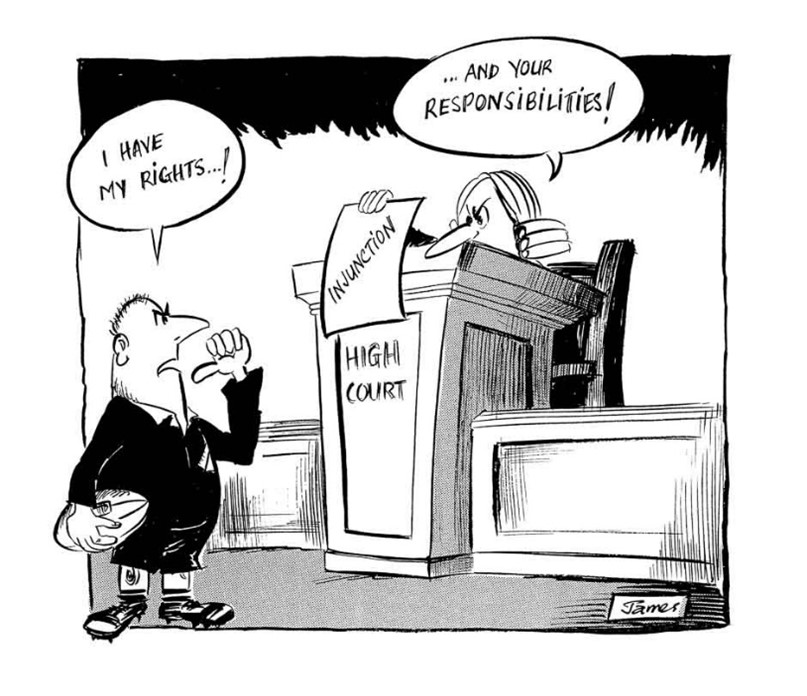
Exploring the Intersection: NFTs, Blockchain, and the Evolving Landscape of Copyright
BLOCKCHAIN TECHNOLOGY
In order to understand the concept of NFTs, it is important to delve into the concept of blockchain technology. Blockchain technology has been in the forefront of the technology domain for last few years. Basically, the blockchain is a method of recording information, that is difficult to be changed, hacked or manipulated by the system. Blockchain technology is a structure that stores data in blocks that is linked together in the form of a chain. It is basically referred to as a “digital ledger” that duplicates and distributes transactions across the network of computers participating in the blockchain. The blockchain technology ensures chronological consistency by requiring consensus from the network before any modifications or deletions can be made to the chain. This feature makes it possible to create an immutable ledger that can track transactions such as orders, payments, and accounts. The system has integrated safeguards that prevent unauthorized transaction entries and promote consistency in the shared view of these transactions.
CRYPTOCURRENCY- BASED ON BLOCKCHAIN
Cryptocurrency is a type of digital payment mechanism that operates independently of banks to authenticate transactions. The operation of cryptocurrencies is based on blockchain, which is maintained and updated by currency holders and keeps a record of all transactions. Cryptocurrency uses blockchain technology as a decentralized, transparent, and secure ledger to record transactions and create new units of currency. When a cryptocurrency transaction occurs, it is broadcast to all the nodes on the network, who then verify the transaction and add it to the blockchain. The transaction is recorded as a “block” of data that contains information about the sender, the recipient, the amount of cryptocurrency involved, and other relevant details. Each block is then linked to the previous block, creating a chain of blocks, hence the term “blockchain”. This makes it difficult for any individual or group to manipulate the blockchain, as any changes to one block would require changes to every subsequent block, which would be difficult to achieve in a decentralized network. Additionally, to ensure the security and immutability of the blockchain, each block is cryptographically hashed, meaning that it is assigned a unique code that cannot be altered without being detected. This makes it extremely difficult for anyone to tamper with the blockchain or create fraudulent transactions. Overall, blockchain technology provides a secure and transparent method for recording and verifying cryptocurrency transactions, which is why it is such an integral part of the cryptocurrency ecosystem.
WHAT ARE NFTs?
A non-fungible token (NFT) is an digital asset that represents ownership of a unique piece of content, such as art, music, videos, or other digital media. NFTs are an offshoot of blockchain technology, just like cryptocurrencies. Each NFT is unique and has its own value based on its perceived rarity, scarcity, and demand. NFTs can be bought and sold on specialized marketplaces, such as OpenSea, SuperRare, and Nifty Gateway.
NFTs are created using blockchain technology, which provides a secure and transparent way to track ownership and provenance. They are called “non-fungible” because each one is unique and cannot be exchanged for another NFT on a one-to-one basis. In contrast, cryptocurrencies are fungible, meaning that one unit of a cryptocurrency can be exchanged for another unit of the same cryptocurrency. A fungible asset is interchangeable and indistinguishable from another asset of the same type. Basically, this means a type of asset that can be interchanged and has no unique distinguishing characteristics when compared to another asset of the same type. e.g. an Indian Rupee can be exchanged for Indian Rupee, i.e. for INR 10/-, it can be exchanged with two INR 5/- coins.
While NFTs offer exciting new possibilities for creators and collectors, they also raise several questions and challenges related to copyright law, ownership, and authenticity. They are created using smart contracts on the blockchain, which define the ownership and origin of the asset. The ownership of an NFT is recorded on the blockchain and can be transferred just like any other cryptocurrency. One of the key benefits of NFTs is that they provide a way for digital artists and creators to monetize their work, as each NFT represents a unique, one-of-a-kind digital asset that can be sold to collectors. NFTs have gained popularity in recent years, with high-profile sales of digital art reaching millions of dollars. For example, in March 2021, an NFT of digital artist Beeple’s work sold for a record-breaking $69 million at Christie’s auction house. Overall, NFTs are a unique and innovative use case of blockchain technology, providing a new way for digital assets to be owned, traded, and monetized.
KEY ISSUES RELATED TO NFTs AND COPYRIGHT LAW
While NFTs offer exciting new possibilities for creators and collectors, they also raise several questions about the future of copyright law.
Firstly, one of the main concerns is how NFTs impact the exclusive rights granted to copyright owners under the law. Copyright law grants creators the exclusive right to reproduce, distribute, and display their work. NFTs can potentially allow buyers to transfer ownership of the content while retaining these rights, such as the right to display the content publicly or to profit from its sale. This is possible because the ownership of the NFT is recorded on the blockchain, and the blockchain’s smart contract technology allows for the automatic execution of certain rules and conditions. For example, if an artist sells an NFT of their digital artwork, they can specify in the smart contract that the buyer is allowed to display the artwork publicly, but not to make copies or distribute it without permission. The smart contract could also specify that the artist receives a percentage of any future sales of the NFT. In this way, NFTs provide a way for creators to monetize their digital content and retain some control over its use, while also allowing buyers to own a unique and valuable piece of digital art. This raises questions about the scope of copyright protection in the context of NFTs and how to ensure that creators receive fair compensation for their work.
Another issue related to NFTs, and copyright law is the challenge of enforcing copyright infringement. While blockchain technology provides a secure and transparent way to track ownership and provenance, it does not prevent unauthorized use or reproduction of the underlying content. Blockchain technology can be useful for creators and copyright owners who want to establish ownership of their work and prevent unauthorized use or reproduction. However, it’s important to note that blockchain technology itself does not prevent unauthorized use or reproduction of the underlying content. While the ownership of an NFT or other blockchain-based asset can be recorded on the blockchain, there is no inherent mechanism in the technology that can prevent someone from copying or using the content without permission. Therefore, copyright owners may need to rely on traditional legal remedies, such as cease and desist letters, injunctions, or lawsuits, to enforce their rights against unauthorized use or reproduction of their work. These legal remedies are designed to provide recourse to copyright owners who have had their rights violated and can help to deter future violations.
In addition to enforcement challenges, there are also questions about the relationship between NFTs and copyright licensing. Copyright licenses are contracts that allow users to use copyrighted content in exchange for compensation. NFTs can potentially serve as a platform for these transactions, allowing creators to sell licenses directly to buyers, allowing them to monetize their digital content in new ways. For example, an artist could sell an NFT that grants the buyer a license to display the artwork in a specific context or for a limited period of time. However, this raises questions about the terms of these licenses and the potential for abuse or exploitation. Without clear terms and conditions, buyers may be unsure about what they are actually purchasing, and creators may find themselves subject to unexpected limitations or restrictions on the use of their content. To address these concerns, it’s important for creators and buyers to establish clear and transparent terms of use when selling and purchasing NFTs. This could include specifying the permitted uses of the content, the duration of the license, and any restrictions or limitations on the buyer’s ability to modify, reproduce, or distribute the content. It’s also important to consider the potential for abuse or exploitation, particularly in cases where buyers may have significant bargaining power or creators may be vulnerable to exploitation. In such cases, it may be necessary to establish safeguards or protections to ensure that creators are adequately compensated, and their rights are protected.
Lastly, the issue of fair use also arises in the context of NFTs. Fair use is a legal doctrine that allows for limited use of copyrighted content without permission for purposes such as criticism, commentary, news reporting, teaching, scholarship, or research. NFTs can potentially impact the ability to claim fair use, as the unique nature of the asset may be seen as a form of commercial exploitation. While NFTs offer new opportunities for creators to monetize their digital content, they can also potentially impact the ability to claim fair use, which is a legal doctrine that allows for the use of copyrighted material without permission for certain purposes, such as criticism, commentary, or education. The unique nature of NFTs, which are often associated with limited editions or unique pieces of art, can be seen as a form of commercial exploitation that goes beyond the scope of fair use. This is because fair use typically involves the use of copyrighted material for non-commercial purposes or in a transformative way that adds value to the original work. In a recent decision of the Delhi High Court concerning NFT enabled digital cards, it was considered that NFT technology is only to ensure the security and authenticity as a means to proof ownership and to keep a record of transactions on a blockchain. It was also considered that use of publicly available information about a celebrity will not be considered infringement.
In the context of NFTs, the commercial nature of the transaction may make it more difficult to claim fair use. For example, if a buyer creates an NFT of a copyrighted image and then sells it for profit, this may be seen as commercial exploitation rather than fair use. However, it’s worth noting that the legal implications of NFTs and fair use are still evolving, and there may be cases where NFTs can be used in a way that does not infringe on fair use rights. Ultimately, the ability to claim fair use will depend on the specific facts and circumstances of each case.
CONCLUSION
In conclusion, NFTs represent a new frontier for creators and collectors to monetize and own digital content in a unique and transparent way. However, they also raise several questions and challenges for copyright law.
The unique nature of NFTs, and their potential impact on the ability to claim fair use, are just some of the issues that need to be addressed. In addition, there are questions around the ownership and control of digital content, the protection of intellectual property rights, and the role of traditional legal remedies in enforcing those rights. The future of copyright law in the age of NFTs will depend on the ability to balance the needs and interests of creators, buyers, and the public. This will require a thoughtful and nuanced approach that takes into account the unique characteristics of NFTs and other emerging technologies, while ensuring that copyright protection remains relevant and effective in the digital age. Ultimately, the success of NFTs will depend on the ability to build trust and transparency within the ecosystem, and to establish clear and fair terms of use for creators and buyers alike. By doing so, NFTs can help to unlock new opportunities for creativity and innovation while also ensuring that copyright protection remains a cornerstone of our legal system.

Recent FAQs Published by the Indian Patent Office on Form 27
The Indian Patent Office recently released a comprehensive FAQ document…

A Comprehensive Guide to Patent Searches: Types, Examples, and When to Use Them
Patent searches are a crucial aspect of the patenting process.…

Microsoft vs. Indian Patent Office – Decisions by Delhi High Court on Software Patents in India
The part of this series focuses on the…

Case in Point: Sun Pharma Ltd vs. DWD Pharma Ltd
Case in Point is a new series where…
Categories
Recent Discussions
Recent FAQs Published by the Indian Patent Office on Form 27
The Indian Patent Office recently released a comprehensive FAQ document regarding Form 27, aimed at clarifying the requirements and procedures for patentees and…
Recent Discussions
A Comprehensive Guide to Patent Searches: Types, Examples, and When to Use Them
Patent searches are a crucial aspect of the patenting process. Whether you're an inventor, entrepreneur, or a legal professional, understanding the different types…


